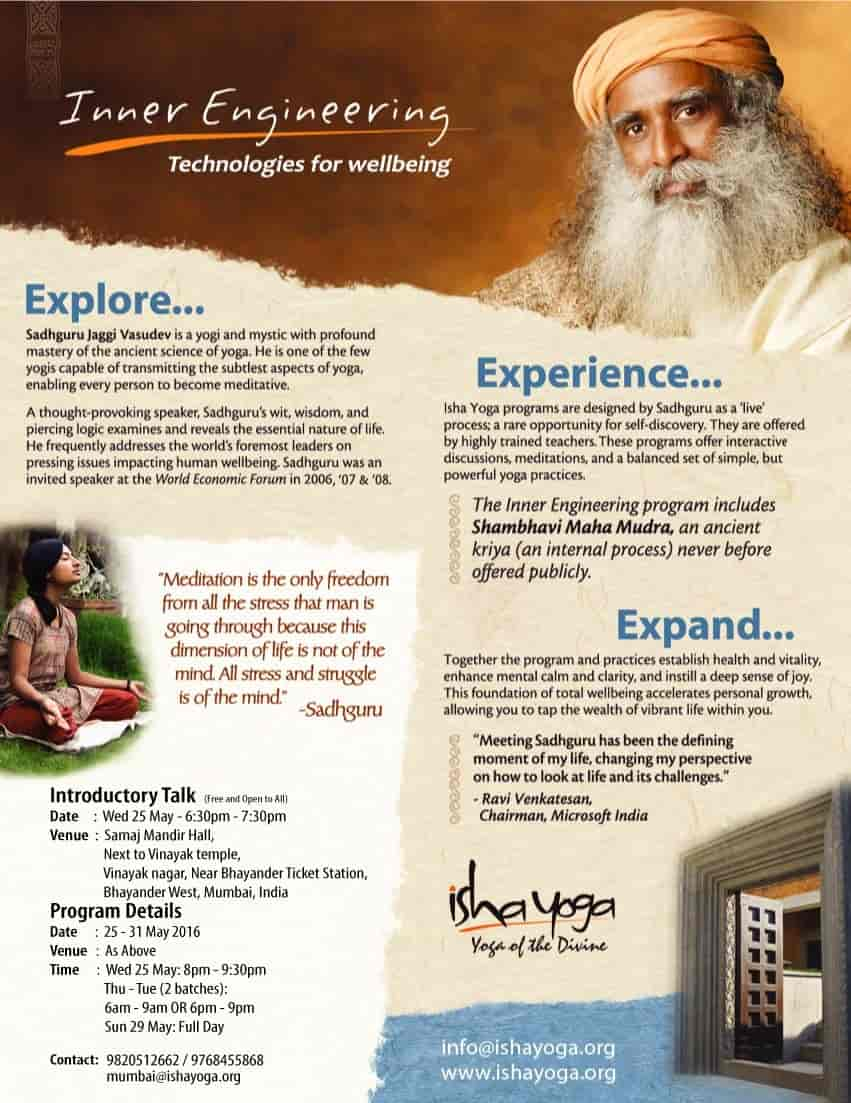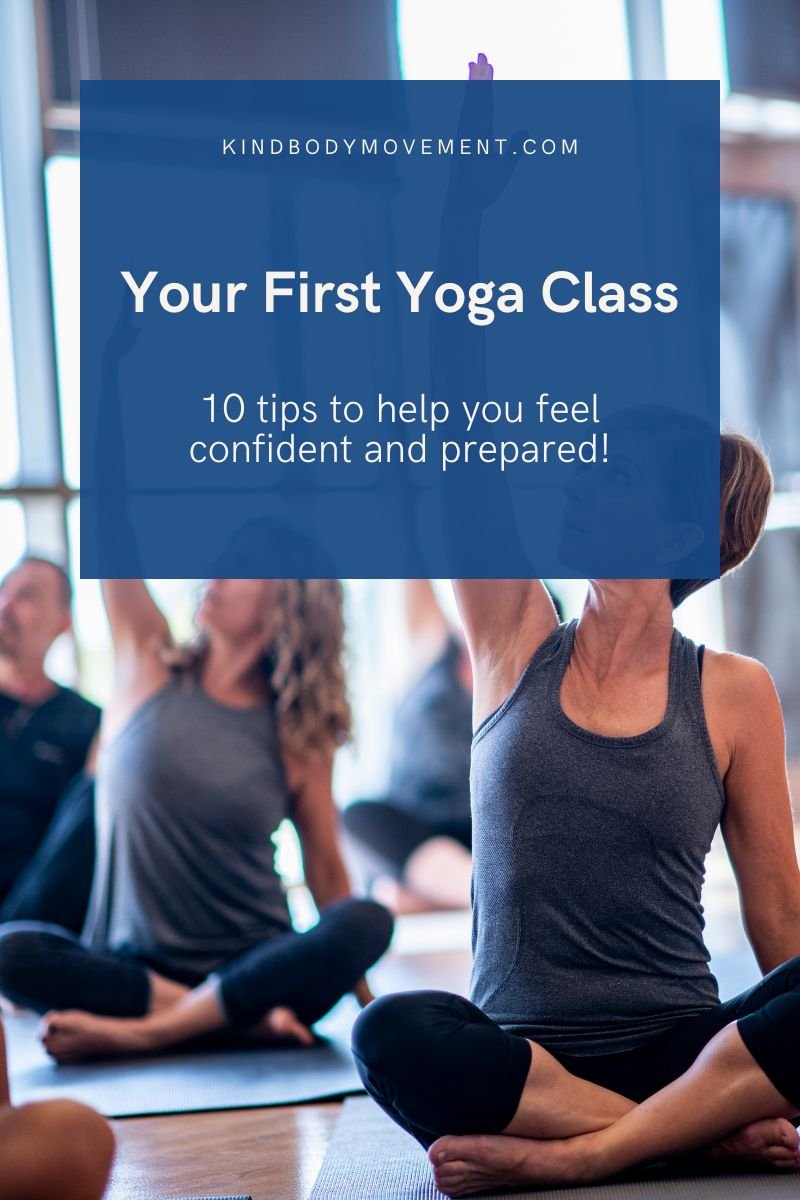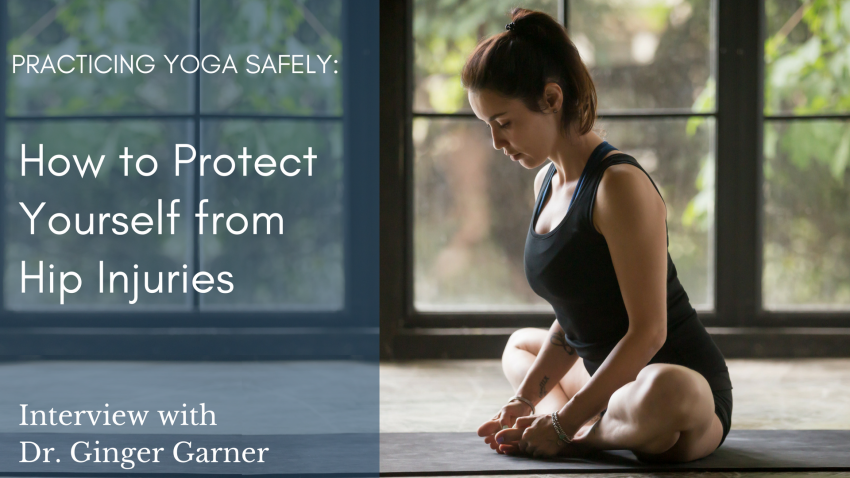
Practicing yoga for back pain may seem difficult, but it's an excellent way to prevent back aches. Here, we look at Sphinx Pose, Child's Pose, and Standing forward fold with clasped hands. Each pose is different and focuses on different parts. A yoga belt may be able to help you reach your feet if your back isn’t quite as flexible.
Pose of the Sphinx
Sphinx is a great yoga pose to strengthen the spine and open up the back. Start by placing your thighs behind you and your elbows below your shoulders. Lift your head through the crown, and release any tightness in the lower back. Take ten to fifteen deep breaths to bring your torso into a neutral position. Continue this process for five to ten repetitions.

Sphinx Pose is a great way to ease back pain and condition your spine after having spinal surgery. This is a simple yoga position that strengthens your shoulders and lower back. A pregnant woman can also perform this pose by pressing her forearms against a wall. It can also be a great way of stretching your chest, shoulders, and back.
Child's Pose
If you suffer from back pain, Child's Pose is a great way to relax the lower back. This yoga pose is also known as the "prayer stretch". It stretches the lower back, spine, and muscles. Begin by lying on one side, your hands underneath your shoulders. Start by laying on your back, keeping your hands under your shoulders. Next, spread your arms in front and place your palms forward. You can do this for as many times as you wish.
Child's Pose requires that you are aware of any injuries to your spine and other conditions. If you have a disk problem, you should avoid performing it or seek advice from a healthcare professional. After you feel comfortable, put your head down and move slowly. Avoid pushing yourself too far as back pain can lead to more injury. If you are not comfortable with Child's Pose, try another pose until you find a comfortable position.
Standing forward folded with clasped fingers
The Forward Fold, also known simply as the Standing Forward Fold. It is a fundamental asana. It loosens tension in the back by opening the shoulders up and chest. It improves blood circulation and oxygenation in the brain. It also opens up the neck and shoulders. This is a great position to practice for back pain, as it stretches the entire spine. Stress and back pain can be relieved by standing up straight with your hands clasped.

This asana is one of the most popular in the Yoga Journal's Pose Library. You can easily and safely practice this pose thanks to expert tips from yoga teachers as well as videos with how-to guides. This pose also calms the brain and stimulates the liver while stretching the hips and calves. It is one of the most soothing poses and can help with sleep problems. However, beginners should practice it slowly and correctly.
FAQ
What are the side effects of yoga?
Yoga poses some risks, as with all physical activities. The biggest risk is injury. You should be able to safely perform each pose.
Yoga can make you dizzy or faint if your first time doing it.
This is caused by blood pooling in your brain. You don't have to worry about this, as it will go away quickly.
Do you feel chest pains when doing downward-facing dog? Don't hold the breath. It will only make the situation worse and increase your heart rate.
Are yoga mats necessary?
Not necessarily. Many studios provide mats for use by students. These mats are usually made of rubber and are easy to clean.
Your mat can be purchased online. You will have a good mat for many years.
How much yoga can you take?
It's important not to forget that yoga isn’t a sport. There is no set number of repetitions that you need to complete before you become tired. Instead, you should enjoy the experience and slow down.
Do not worry if your steps slip once in awhile. Don't worry if you lose your way once in a while.
Beginners to yoga should start with short sessions lasting 10 to 15 minutes. From there, you can work your way up.
What kind is yoga for beginners?
Yoga is great for all fitness levels and ages. It's an easy way to get fit and stay healthy. People who have tried yoga say they feel better physically and mentally. They find yoga calmer, happier.
Yoga is more than just exercise. It's a lifestyle that involves breathing exercises, stretching and meditation.
There are many kinds of yoga. Some focus more on strength training than others. Others are more focused on relaxation.
The type of yoga that you want depends on your goals. If you want to improve flexibility, then try Iyengar yoga. Or if you want to tone your muscles, go for Ashtanga yoga.
How long does it take for you to learn yoga?
Yoga is a skill that requires you to train your mind. However, once you know the basics, you can easily practice yoga at home.
Warm ups should take between 20-30 mins to get you started. Next, spend 5-10 minutes warming your body with simple stretches. Start to move into more challenging positions.
Once you've mastered the basics, you can move on to intermediate classes, where you'll learn more advanced moves. For example, if you're learning yoga for the first time, you might start with standing poses like the Tree (Vrksasana) and Mountain (Tadasana).
What is the best way to start yoga?
For lying down, you'll need a mattress (some of them foldable), some loose clothes, and a towel or blanket.
Also, you may need props like straps to hold your blocks, straps to support your bolsters, blankets or towels in order for some poses.
However, in general, you don't need any other things. If you're interested in starting yoga, you need a desire to make positive changes in your life and a willingness to commit to the process.
Do I require special equipment for yoga?
Yoga does not require special equipment. You might prefer to use certain props, such as blankets, straps and blocks.
Check out our Yoga Equipment Guide if you're interested in purchasing these items. We recommend that you choose products made from natural materials over plastic.
Statistics
- Lock in 25% off your Founding Member rate. (corepoweryoga.com)
- About one in seven U.S. adults practiced yoga in the past 12 months, according to a 2017 national survey. (nccih.nih.gov)
- Gentle yoga has been shown to ease some of the discomforts of tender, swollen joints for people with arthritis, according to a Johns Hopkins review of 11 recent studies. (hopkinsmedicine.org)
- According to calorie estimates calculated at Harvard Medical School, the average 125-pound person burns about 120 calories in a half hour of hatha yoga, and a 185-pound person burns about 178 calories in that half hour. (everydayhealth.com)
- The people in the yoga group were 37 percent more likely to have quit smoking by the end of the 8-week program. (nccih.nih.gov)
External Links
How To
What is the best location to practice yoga in?
There is no one right way to do yoga. Each person has their own style. Only you need to choose the positions that feel most comfortable.
Here are some common postures:
Standing poses – These poses are good for beginners. They allow you to look at your body from different angles. They make it easier to concentrate on your breathing.
Forward bends - Forward bends are often used to open up tight areas of the body. These can be done while you are sitting or lying down.
Backbends: Backbends can be considered advanced poses. You should consult your instructor before you attempt one.
Inversions - Inversions are poses that require you to balance yourself upside down. This type of yoga can be challenging but rewarding.